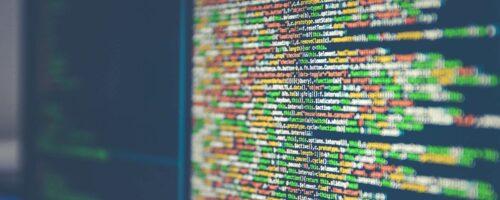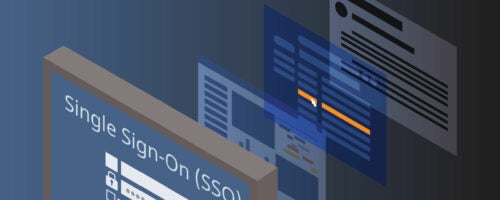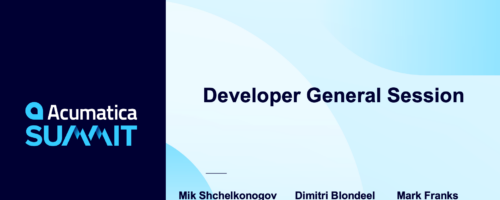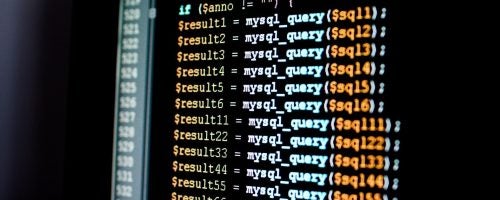The first step should be installing a developer environment and going through the T-series & I-series of online training courses. As described in the Quick-Start Guide for Developers, whatever the application solution that interacts with Acumatica you are planning to implement, you should first deploy a developer instance of Acumatica. For this purpose, your development environment will require Microsoft IIS, preferably installed locally, or somewhere you would have full control over IIS and the file system. Additionally, you will require a database server – a version of Microsoft SQL Server or MySQL Server, where you have administrative rights. Please refer to Preparing for Installing Acumatica ERP section of the installation guide for details. It’s important to follow the Quick-Start guide which streamlines the process for developers, as the Installation Guide is rather IT-centric and geared more toward VARs.
Even though you may not have access to the Acumatica Portal, you can still install a fully functional instance of Acumatica by going through the T-100 course training. We encourage companies who are not yet partners or customers to go through some training to learn more about the platform as well as their developers to help with the due diligence process by learning as much as possible about our developer platform and the xRP Framework. Start with our Development Learning Path: the T-Series Courses – beginning with the T-200 course, which introduces you to the Acumatica Framework), following through with more advanced developer training, as well as providing a number of resources we provide for developers. This will help cement any decision on moving forward with partnering with Acumatica.
Once a new developer gets their feet wet by completing the T-series courses – they will understand the key components of the Acumatica platform and their usage for typical tasks in application development. They will have gone through the process of developing a complete business application which will give them an idea of how to develop their own applications by using the Acumatica Framework. Having this base understanding, the new developer has a number of options. Depending on whether you intend to build an application from scratch or integrate with existing applications, the developer can move to more advanced training in the former case or continue with the I-series courses.
 Canada (English)
Canada (English)
 Columbia
Columbia
 Caribbean and Puerto Rico
Caribbean and Puerto Rico
 Ecuador
Ecuador
 India
India
 Indonesia
Indonesia
 Ireland
Ireland
 Malasya
Malasya
 Mexico
Mexico
 Panama
Panama
 Peru
Peru
 Philippines
Philippines
 Singapore
Singapore
 South Africa
South Africa
 Sri-Lanka
Sri-Lanka
 Thailand
Thailand
 United Kingdom
United Kingdom
 United States
United States






